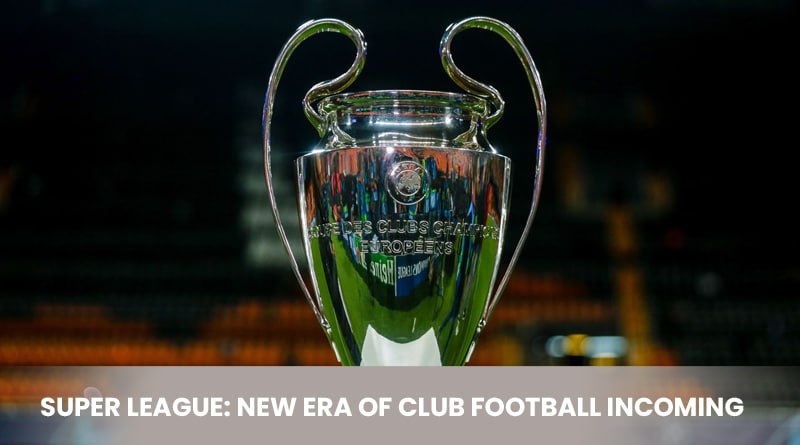A new plan for the men’s European Super League (ESL) has been revealed, offering an updated framework designed to promote a competitive and exciting football environment throughout Europe. The league is organized into three tiers on a pan-European pyramid: the Star League, the Gold League (each with 16 clubs), and the Blue League (which has 32 clubs). There are no permanent members in the league; participation is determined solely by athletic ability.
Every year, there will be promotions and relegations within leagues. Promotion to the third-tier Blue League, however, is dependent on how well a team does in its home league.
Clubs will play home and away games in eight-person groups, guaranteeing at least 14 games annually. A knockout stage at the end of the season will determine the winners of each league and the clubs that will advance. The plan guarantees that there won’t be any additional match calendar days beyond those of current competitions, and midweek games won’t interfere with domestic league schedules. Clubs will be chosen in the first year according to open performance standards.
A women’s division consisting of two leagues of sixteen clubs each will also be included in the competition.
“This vision is based on extensive consultation with a wide range of football stakeholders across Europe and built on our core principles including participation based on sporting merit (and) no permanent members,” said a statement released by sports development company A22, which is working behind the scenes on the European Super League project.
“Taking part clubs remain in their home leagues, which continue to be the cornerstone of European football. With clubs now able to decide their own fate at the European level, we anticipate more interaction with a wide range of football stakeholders to realize the goal shared by all great sporting events.”
It is crucial to remember that the ruling of the European Court of Justice does not ensure that the European Super League will return. The competition’s future is still up in the air, and it will probably take some time for the ruling’s true effects to become apparent.
